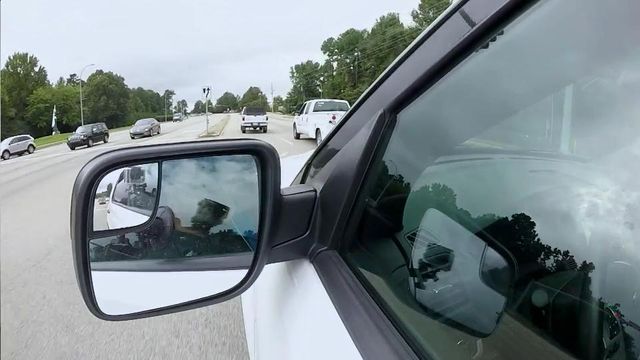Studies: Other teens contribute most to teen car crashes
Texting and driving isn't the leading cause of distracted driving among teens. It's other teens, according to researchers.
Posted — UpdatedIt's other teens, according to the U.S. Centers for Disease Control and Prevention, which says motor vehicle crashes are the leading cause of death for those between ages 16 and 19.
Cary police say the driver, 16-year-old Spencer Saunders, failed to yield to oncoming traffic – and although it's unclear what contributed to the wreck, Yost's death highlights adolescent driver-safety concerns.
Older drivers, researchers say, are more experienced and can anticipate problems behind the wheel. But a younger driver doesn't have the same skill to make the same driving decisions while being distracted.
Using in-vehicle cameras to observe driver and passenger behavior, the Highway Safety Research Center found that teens are six times more likely to be in a situation requiring an evasive maneuver to avoid a crash when passengers are loud. They're three times more likely when they are rambunctious.
"If you have multiple teens in a vehicle, teens are much more likely to be in a serious crash," Goodwin said. "It takes years of behind-the-wheel practice before you see the driving world in the same way an experienced driver does."
In 2012, for example, 170 drivers 20-years-old or younger were involved in a fatal crash – a decrease of 3 percent from 2011.
The system – 42 other states have similar programs – imposes on teen drivers restrictions that are gradually lifted as young drivers gain experience behind the wheel.
For example, teens with a "limited provisional license" aren't allowed to drive between 9 p.m. and 5 a.m. without an experienced driver next to them. They're also limited to who can be in the car with them.
But highway safety researchers say that young drivers are still over-represented in crashes and fatalities.
In 2012, 16- to 20-year-olds made up 7 percent of North Carolina's population, but the age group represents 13 percent of all crashes and 9 percent of fatal crashes – most of which occurred near 7 a.m. and 3 p.m. – the same times teens are driving to and from school.
• Credits
Copyright 2024 by Capitol Broadcasting Company. All rights reserved. This material may not be published, broadcast, rewritten or redistributed.






